The Humanitarian OpenStreetMap Team (HOT) , the Heidelberg Institute of Geoinformation Technology (HeiGIT) , and the wider MapSwipe Community started working on an MapSwipe extension to monitor changes in satellite imagery. The goal of the two-month project is to extend … Read More
Blog
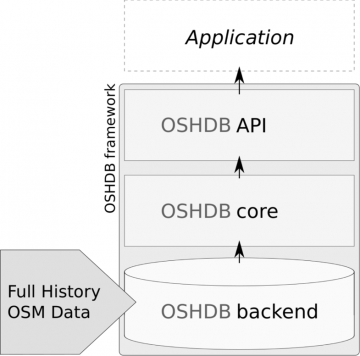
OSHDB: a framework for spatio-temporal analysis of OpenStreetMap history data
Earlier we published several blogposts introducing the ohsome platform and its parts (e.g. the ohsome API for example, which was often showcased here in the blog) and its backbone the OSHDB (very recently version 0.5 was published). A recent open … Read More
meinGrün Umfrage: Wofür nutzen Sie städtische Grünflächen?
Alle Jahre wieder blühen die Kirschbäume vor unserem Institutsgebäude in voller Pracht und laden Passanten allen Alters ein zum Verweilen. Städtische Grünflächen wie diese leisten einen wichtigen Beitrag zur urbanen Lebensqualität, indem sie viele Funktionen wie Naturerfahrung, sozialen Austausch und … Read More
GIScience / HeiGIT at ICT for Development, Kampala – Usage and Analyses of OpenStreetMap for Development
The 11th Information Communications Technology for Development (ICT4D) Conference brings together hundreds of public, private and civil society organizations, eager to share practical insights on applying digital technology to development, humanitarian, and conservation challenges. Participants share how they are using … Read More
Project “TARDUR” starts: Open-source routing with time-dependent restrictions
Time-dependent restrictions and temporal road closures are so far not considered in any freely available software for route planning. Heidelberg University and the company GraphHopper aim to address this issue in their joint project “TARDUR – Temporal Access Restrictions for … Read More
OpenStreetMap History Database – version 0.5
The OpenStreetMap History Database (OSHDB) is what powers most of the functionality of HeiGIT’s ohsome platform. The ohsome API for example, which was often showcased here in the blog, is built on top of the OSHDB. Just recently, an open … Read More
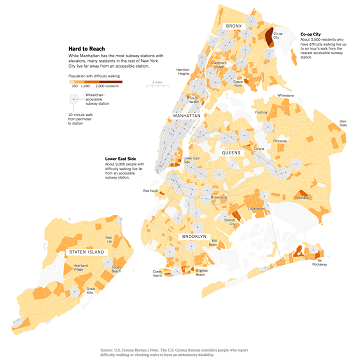
The New York Times + openrouteservice
In a recent article by the NYTimes the openrouteservice API isochrones interface was consumed to derive regions of reachability from subway stations in New York City. Their findings show that two-thirds of 550.000 residents who have difficulty walking live far … Read More
Preview of new Openrouteservice Client for Web and Mobile
A first preview on the new client for Openrouteservice has been released as a public beta. It is available at https://openrouteservice.org/map/ . Wit the features implemented until now the new map client is already functional. `There are some important functionalities … Read More
How to become ohsome part 4: handling a snake in a notebook on another planet
Welcome back to a new episode of how to become ohsome. Yes, you’ve read the heading correctly. We are really talking about a snake in a notebook on another planet. If you are familiar with one of the most used … Read More
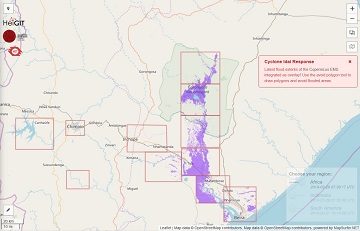
openrouteservice for Disaster Management: Response to Cyclone Idai
The Humanitarian OpenStreetMap Team (HOT) has launched an activation to support humanitarian operations responding to the impact of Cyclone Idai. These efforts were already supported by more than 1500 mappers of the global OpenStreetMap (OSM) community that contribute geodata about … Read More
HeiGIT supports Citizien Science @ Helmholtz ThinkCamp
We are always happy to support citizen science projects at the HeiGIT. HeiGIT/ GIScience efforts already range from tools that assess the data quality of citizen science projects (see, e.g., this blog post about “Plausible Parrots“) to approaches related to … Read More
Die Sendung mit der Maus: Zu Fuß durch Deutschland
Das HeiGIT unterstützt das Bundesamt für Kartographie und Geodäsie (BKG) dabei eine Frage aus der “Die Maus”-Redaktion zu beantworten: Welcher ist Deutschlands nördlichster & südlichster Ort, und wie groß ist die fußläufige Distanz dazwischen? Der Beitrag war am 23.03.2019 in … Read More
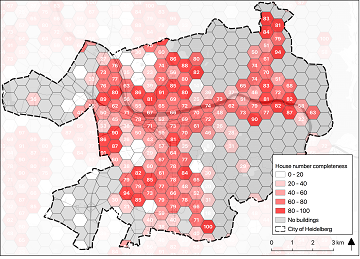
Preview: Spatial Joins using the OpenStreetMap History Database OSHDB
Max is two and loves spending Monday afternoons with his Dad at the playground. Finding a suitable playground however isn’t easy, since a few criteria must be met: there should be a bench and some trees nearby to get shelter … Read More
Jupyter Notebook: ohsome API
ohsome API: Data Aggregation Endpoint¶ Via the ohsome API you have access to the OSM history on a global scale :). Our documentation provides you with the needed information to fire some requests against the API. More infomation … Read More
openrouteservice Io is here!
openrouteservice Io is here! The openrouteservice from HeiGIT has just had its latest update, and we want to introduce you to Io (version 5.0). This new version brings something that has been a while in the making and will make … Read More
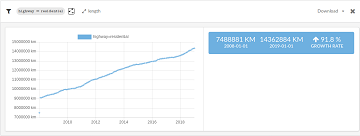
Global analyses are ohsome
We, the Big Spatial Data Analytics Group at HeiGIT have ohsome news to share: From now on, you can send your requests to our global ohsome API instance. So far, we’ve had a public instance for Nepal and Germany, but … Read More
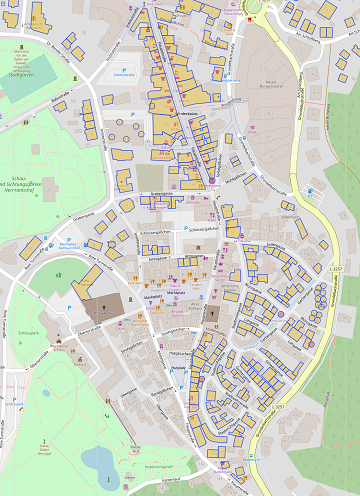
Analysing semantic associations in VGI data
Volunteered Geographic Information (VGI) such as OpenStreetMap (OSM) can be a rich resource for many applications. Therefor VGI-projects have to mitigate between the requirements of the the volunteers and the machines. On the one hand, the data format should be … Read More
Empower Humanitarian Mapping with Deep Neural Networks to Detect Human Settlements
Recently, earth observation by satellites has shown great capability in supporting a range of challenges such as disaster assessment, agriculture monitoring, and humanitarian mapping. MapSwipe, as a humanitarian mapping app, provides a crowdsourcing platform to collect volunteered geographical information (VGI), … Read More
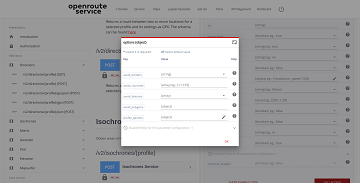
New features in OpenRouteService Interactive documentation
The ORS Playground is an interactive API documentation application that allows the users to explore and interact with all the API services. The elements, inputs and forms are built from a swagger documentation file. Since the first release of the … Read More
GIScience/HeiGIT and TdLab Geographie at german IPCC conference
GIScience will be present with two participants (Nicole Aeschbach, TdLab Geographie) and Sven Lautenbach (HeiGIT) at the german IPCC conference. Our contributions aim at highlighting the potential of GIScience and transdisciplinary research for climate change adaptation and climate change mitigation. … Read More
